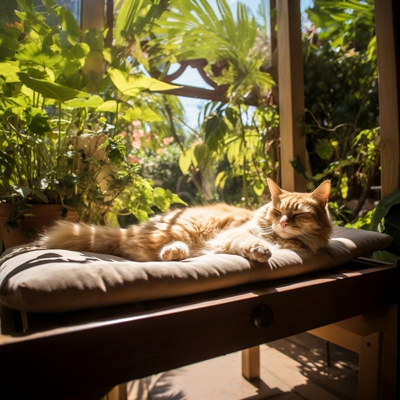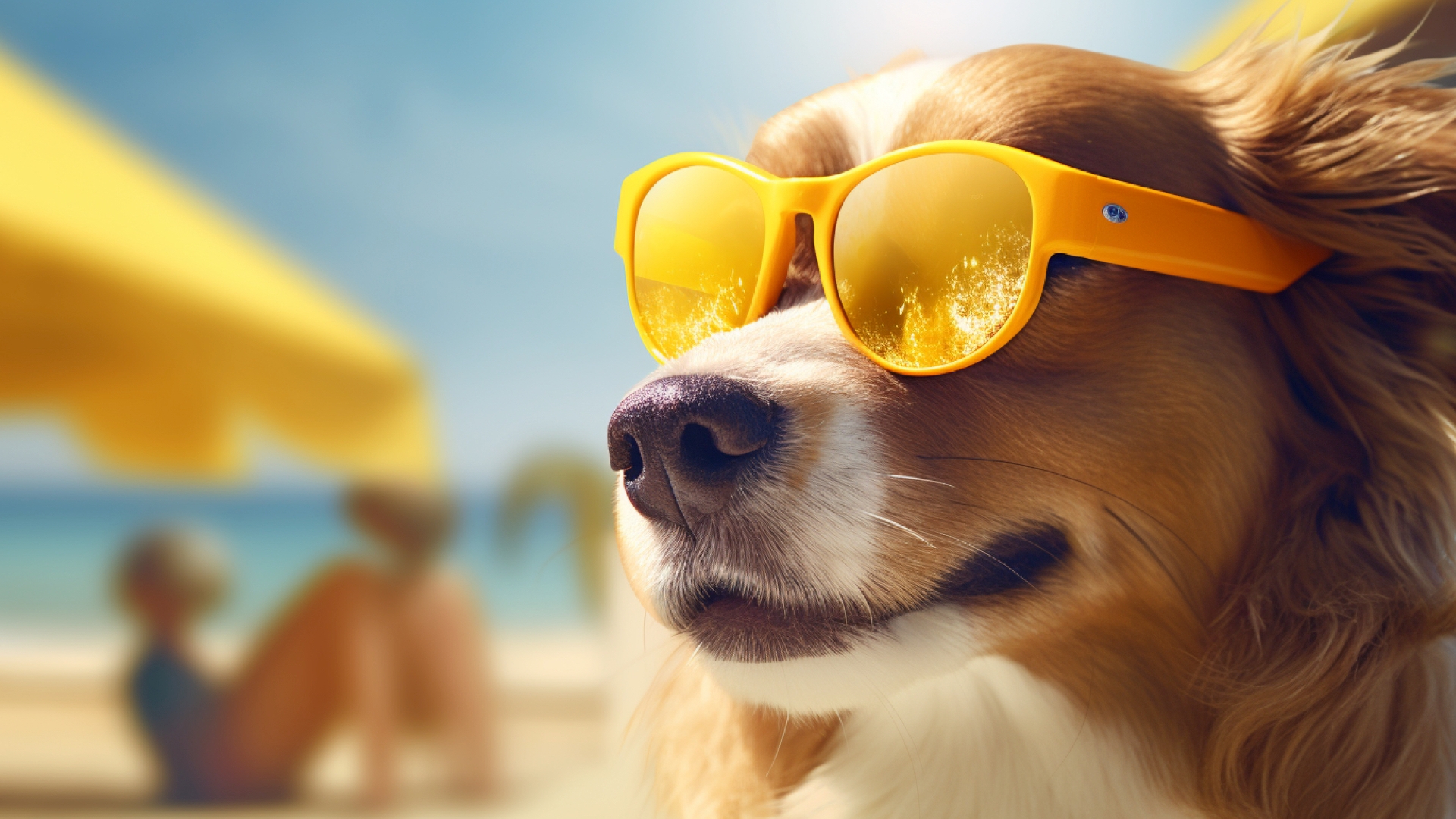Hot Dogs & Cool Cats: Preventing Heatstroke in the Summer Sun:
Summary:
In the scorching summer sun, our furry friends are just as susceptible to heatstroke as we are. This article, "Hot Dogs & Cool Cats: Preventing Heatstroke in the Summer Sun," serves as a comprehensive guide to keeping your pets safe and cool during the hottest months. Learn how to recognize the early signs of heatstroke and the steps to take if your pet is affected. Discover the importance of hydration, how to create a cool environment for your pets, and the benefits of pet-safe sunscreens. We also delve into when it’s time to seek professional veterinary care, tips for exercising your pets in the heat, and how to make DIY cooling treats that your dogs and cats will love. Plus, we’ll explore how you can educate others about the dangers of pet heatstroke.


- Recognizing the Signs of Heatstroke
- The Importance of Hydration
- Creating a Cool Environment for Your Pets
- Pet-safe Sunscreens and Their Importance
- When to Seek Veterinary Care
- Tips for Exercising Pets in the Heat
- DIY Cooling Treats for Dogs and Cats
- Educating Others About Pet Heatstroke
As the summer sun blazes down, we humans have our ways of keeping cool - but what about our furry family members? Imagine wearing a fur coat in the middle of July; that’s what our pets are dealing with! Heatstroke is a serious and potentially deadly condition that can affect both dogs and cats. In this article, we will guide you through the essential steps to ensure that your ‘hot dogs’ stay as ‘cool cats’ throughout the summer. Are you ready to be the coolest pet parent on the block?
Heatstroke in pets is a silent but deadly killer. It’s crucial to recognize the signs early to prevent severe complications. Common symptoms include excessive panting, drooling, red or pale gums, lethargy, and even collapse. Did you know that brachycephalic breeds like Bulldogs and Persians are more susceptible due to their facial structure? It's true! They require extra attention during hot days. How can you tell the difference between a pet enjoying the sun and one in distress? Knowledge is power, and recognizing these signs can be a lifesaver.
Water is the elixir of life, especially in the scorching summer months. Ensure your pets have constant access to fresh and clean water. Consider placing multiple water bowls around your home and yard, and perhaps invest in a pet water fountain that encourages them to drink more. Did you ever think your pet could be pickier about their water than you are? Some pets prefer running water; others won’t touch it if it’s near their food. Have you found your pet’s water sweet spot?
Turning your home into a pet-friendly oasis is easier than you might think. Simple steps like providing shaded areas in the yard, placing fans or cool mats around the house, and avoiding walks during peak heat hours can make a world of difference. Have you ever tried putting ice cubes in your pet’s water or making a DIY air conditioner with a fan and a frozen water bottle? Your pets will thank you with the happiest, coolest tail wags and purrs.
Yes, pets, especially those with light or thin fur, can get sunburned, too. Pet-safe sunscreens are a thing, and they are fantastic! Apply it to their most vulnerable areas, like the nose and ears. But beware, not all sunscreens are created equal. Those containing zinc oxide or para-aminobenzoic acid are toxic to pets. Have you ever considered that your pet might need a beach day prep just like you?
If your pet shows severe signs of heatstroke, such as vomiting, diarrhea, or seizures, it’s time to act fast. Immediate veterinary care is essential. Your vet may need to administer fluids, cool your pet down safely, or provide other life-saving treatments. When did you last have a summer safety chat with your vet? It might be time to make that call.
Exercise is vital, but the summer heat requires a new playbook. Opt for early morning or late evening walks when the temperatures are lower. Consider indoor activities like hide and seek or fetch down a hallway. Have you ever tried a pet agility course in your living room? It’s as entertaining for you as it is for them!
Who doesn’t love a good summer treat? Ice cream for you and DIY cooling treats for your pets! Think frozen broth cubes, watermelon slices (no seeds, please!), or a frozen peanut butter and banana blend for dogs. For cats, consider freezing a tuna or salmon slurry into cubes. Have you ever seen your cat or dog react to a chilly treat? It’s a pure, frosty joy!
Now that you’re a heatstroke prevention superstar, it’s time to spread the word. Educate your friends, family, and community about the risks of pet heatstroke and how to prevent it. Consider organizing a community event like a pet safety fair to raise awareness. After all, it takes a village to keep our pets safe. Are you ready to be a pet safety advocate in your community?
As we wrap up, let’s not forget that our pets rely on us to keep them safe and comfortable. The summer sun is no joke, and heatstroke is a severe condition that can have devastating consequences. But with the knowledge and tools you’ve gained from this article, you are now well-equipped to help your pets beat the heat. So, as the temperatures rise, will you be the superhero your pets believe you are? Remember, a cool cat is a happy cat—and the same goes for our beloved dogs. Stay cool, furry friends!

